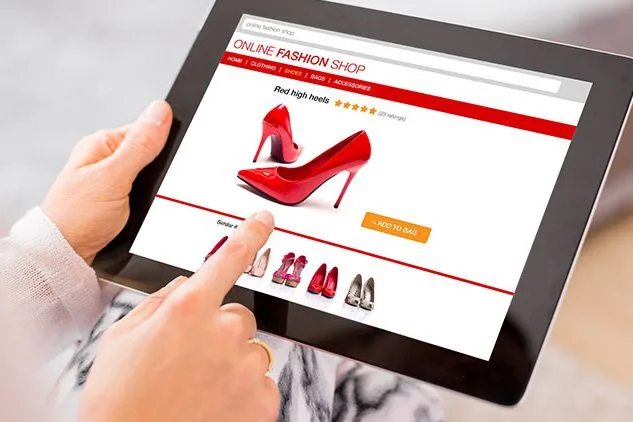Make ROPO Work for You this Peak Season
We explore three ways businesses can leverage their online and offline information for omnichannel retailing success this peak season and beyond.
From customer reviews to product information, store locations, and availability, 75% of consumers say they conduct extensive research before making a major purchase. With eCommerce shopping booming, this number is certain to increase.
This presents a great opportunity for retail and eCommerce brands, as research online, purchase offline (ROPO) trends open the door to new marketing, customer engagement, and customer support options.
In this post, we explore three ways businesses can leverage their online and offline information for omnichannel retailing success this peak season and beyond.
What is ROPO?
Research online, purchase offline is a multi-step approach to purchasing that involves online product research and in-store purchases. These steps are often done in order, but as omnichannel experiences continue to grow in popularity and ROI, the line between the two is blurring.
In fact, according to reporting from RetailWire, a few of U.S. consumers’ most popular uses of mobile phones inside brick-and-mortar stores include using mobile-enabled loyalty cards or coupons (70%), comparing prices at other stores (68%), reading users’ reviews (63%), and scanning QR codes or smart shelf tags for more information (53%). And according to RetailNext, 84% of customers believe that brands should do even more to integrate their online and offline channels.
But the real question is: how do you take advantage of this ROPO trend (and the reverse ROPO trend) during this year’s holiday shopping season? Here are a few ways.
Optimize Your Website
Whether your customers are researching your products from their sofa or one of your aisles in-store, the information they need should be readily accessible. Product pages should include accurate (and helpful) size charts and color descriptions. Online and in-store prices should be transparent. You should also include aisle information, if possible, as this will enable your customers to quickly find what they’re looking for when they arrive at a physical location.
In addition to reducing your customers’ decision-making process significantly, offering all of this information can also improve your shoppers’ satisfaction and perception of your brand.
Offer Mobile Shortcuts
Since many customers will visit your website again while they’re in-store, your site must be as mobile-friendly as possible on every device. You can ensure this by:
- Making your site intuitive and easy to navigate from all mobile devices
- Using product QR codes to help customers find in-store items on your website quickly
- Highlighting a selected product’s location on a digital store map
By combining these strategies with those listed above and below, you can elevate the research process and shopping experience for every omnichannel customer.
Embrace Omnichannel Technology
In addition to the information already mentioned, your customers need to know how much inventory you have and where that inventory is located to decide where to shop.
Using omnichannel order management technology, you can more easily deliver this information—as your teams can track inventory in every warehouse, fulfillment center, and store in real time. This information can then be used to update product pages on individual location websites to provide customers with the most up-to-date information available.
Whether your customers shop omnichannel, online, offline, or mix and match their shopping preferences, many are going to conduct research before making a purchase. As a result, if your product pages are optimized for every device and display real-time product availability, you will be able to provide customers with the information they’re seeking.
The result? Higher revenues during this year’s peak season and satisfied customers who are likely to do more business with your brand next year.
Please note: Radial no longer offers a Customer Care solution as of September 15, 2024.
